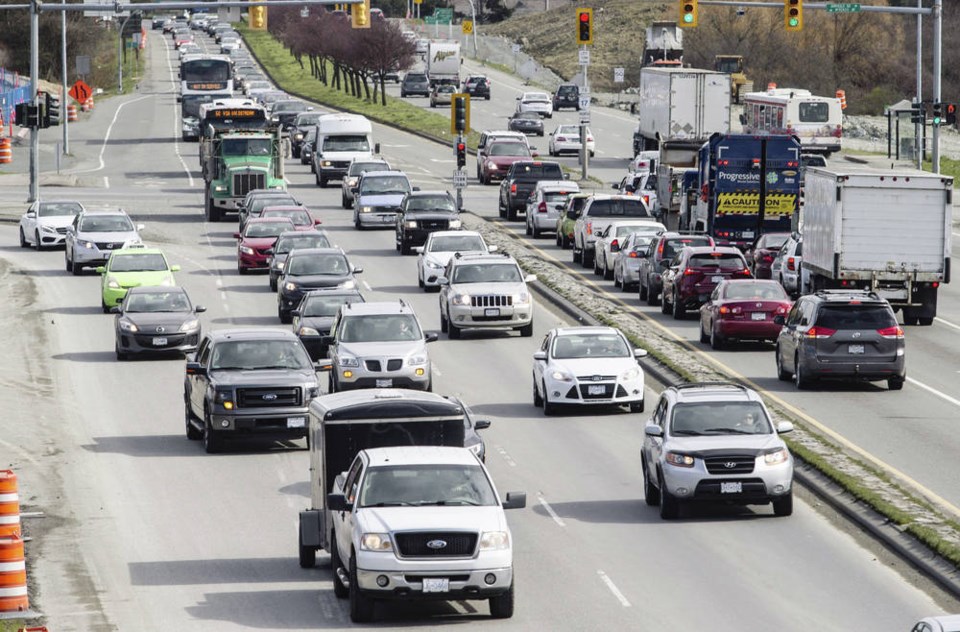A commentary by an employee of the provincial government.
The B.C. government has seen fit to declare a climate emergency and says it is committed to fighting climate change. That commitment is even declared in government ministers’ mandate letters.
Why, then, is the government considering ordering employees back to the office for work that can be done from home, and has been successfully done from home for a year and a half?
This move will massively increase the government’s carbon footprint, clog our roadways, increase the cost of employment and increase stress without any perceivable benefit.
COVID-19 provided us with many lessons about how and from where work and services can be effectively provided.
As a society, we have come to realize that the precepts that supported many of our old work models didn’t hold water.
Think about access to your public library: when COVID hit, libraries closed, but quickly reopened with online programming that became so popular that it will be continued once COVID restrictions no longer apply.
I no longer have to drive to an ICBC office to renew my insurance or visit my bank to conduct business. Many other examples exist of disrupted service models that end in better access and more flexible options.
In the case of the B.C. government, if the work is getting done, and all in government agree it is, then what problem are we trying to solving by forcing workers who are content to work from home back into crowded offices?
One deputy minister tried out some frankly lame considerations with employees around in-person collaboration and teamwork, but experience has shown that both can be easily accommodated with Skype, Zoom and Microsoft Teams.
The truth is most government work is highly compartmentalized, performed by individuals, then shared electronically for collaborative input.
This has been the case regardless of where work was being performed. It is the result of the technological age in which we live.
The benefits of working from home for employees are indisputable: Less commuting and lower carbon footprint for most government work; improved employee work/life balance, better rest, improved nutrition, lower stress and improved energy, more positive outlook, lower employee cost of employment and better ability to respond to impacts on families related to emergencies, including extreme weather events, fires and earthquakes.
The benefits to the government are also indisputable and include: The ability to reduce government office accommodation costs; lower carbon footprint; a more rested, less stressed workforce; improved employee outlook, job satisfaction and opportunity for workload-driven employee availability.
The government has yet to clearly identify any credible downsides, and vague references to efficiencies and productivity lack empirical data of any kind — it is mere posturing.
Most government offices are crowded (space allocations keep shrinking), they are noisy and employees cannot control their work environment.
Many offices have removed dividers (no more cubicles) and more closely resemble a call centre than an environment in which employees conduct research, and develop programs, policies and processes that make the complex machinery of government operate smoothly.
It’s true that some work cannot be performed from home, but for work that can and for the sake of the environment and to effectively fight climate change, we owe it to ourselves to curb unnecessary commutes.
- - -
To comment on this article, email a letter to the editor: [email protected]



